Home>Gardening & Outdoor>Plant Care & Gardening Tips>When Do Mums Come Back
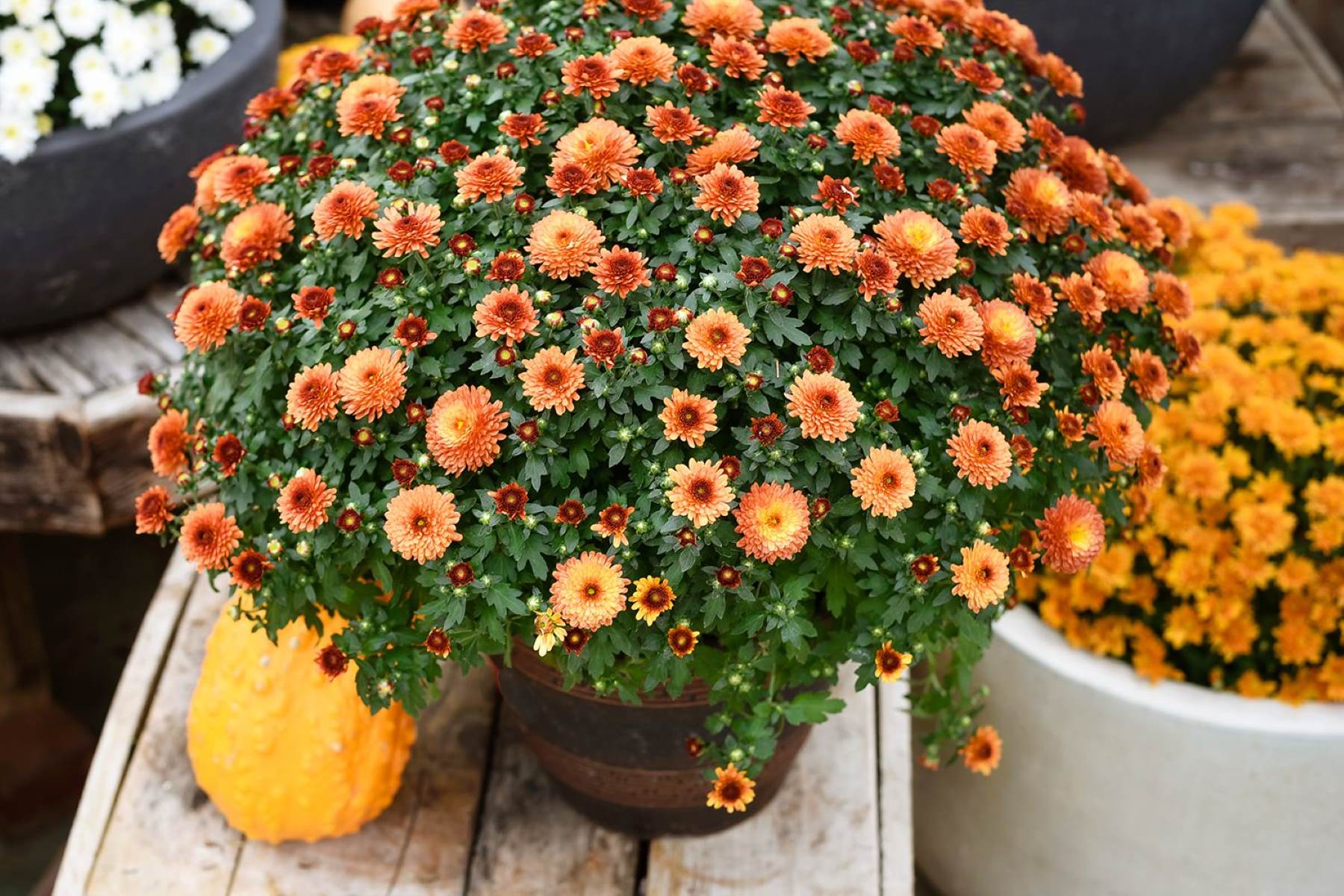

Plant Care & Gardening Tips
When Do Mums Come Back
Modified: August 17, 2024
Discover expert plant care and gardening tips for mums. Learn when mums come back and how to ensure their healthy growth in your garden. Unlock the secrets to successful mum care today!
(Many of the links in this article redirect to a specific reviewed product. Your purchase of these products through affiliate links helps to generate commission for Storables.com, at no extra cost. Learn more)
Introduction
Mums, scientifically known as Chrysanthemums, are beloved for their vibrant colors and ability to thrive in various climates. As a gardener or plant enthusiast, you may have found yourself wondering when these resilient flowers will make their triumphant return. Understanding the life cycle of mums and the factors influencing their resurgence is crucial for ensuring their continued presence in your garden. In this comprehensive guide, we will delve into the intricacies of mum care, shedding light on the optimal conditions for their return and providing valuable tips to encourage their resurgence. Join us on this horticultural journey as we unravel the mysteries surrounding the reappearance of these delightful blooms.
Key Takeaways:
- Mums, also known as Chrysanthemums, go through a cycle of planting, growth, bloom, and dormancy. Understanding this cycle helps gardeners nurture them for a vibrant return in the next growing season.
- Factors like climate, soil quality, and maintenance practices influence the return of mums. By strategically pruning, mulching, and protecting from frost, gardeners can encourage mums to come back with vitality and grace.
Read more: What Colors Do Mums Come In
Understanding the Life Cycle of Mums
Chrysanthemums, commonly referred to as mums, boast a fascinating life cycle that unfolds in distinct stages. By comprehending these phases, gardeners can effectively nurture these resilient blooms and anticipate their return with eager anticipation.
-
Spring Planting: The life cycle of mums commences with spring planting. During this period, gardeners have the opportunity to introduce new mum plants to their garden beds or containers. It is essential to select healthy, well-established plants and provide them with adequate sunlight, water, and well-draining soil to foster robust growth.
-
Summer Growth: As the days lengthen and temperatures rise, mums undergo a phase of vigorous growth. Lush foliage emerges, and the plants develop buds that hold the promise of vibrant blooms. Regular watering and occasional fertilization are crucial during this stage to support the plants' development and prepare them for the forthcoming flowering period.
-
Autumn Bloom: The most enchanting phase of the mum's life cycle is undoubtedly the autumn bloom. During this time, the buds burst open, unveiling an array of captivating hues, including rich golds, fiery oranges, and deep purples. The spectacle of mum blooms adorning gardens and outdoor spaces signifies the culmination of months of attentive care and nurturing.
-
Winter Dormancy: Following their splendid display, mums enter a period of dormancy as winter sets in. The plants gradually cease flowering, and their foliage may wither and turn brown. This phase is a crucial part of the mum's life cycle, as it allows the plants to conserve energy and prepare for their eventual resurgence.
Understanding the life cycle of mums empowers gardeners to anticipate and appreciate the natural rhythm of these resilient flowers. By recognizing the distinct stages of growth and dormancy, individuals can tailor their care practices to support the plants' vitality and ensure their return in the subsequent growing season.
Factors Affecting the Return of Mums
The resurgence of mums in the garden is influenced by a myriad of factors, each playing a pivotal role in determining the likelihood and vigor of their return. Understanding these influential elements is essential for gardeners seeking to optimize the conditions for the reappearance of these beloved blooms.
Climate and Temperature
The climatic conditions in a particular region significantly impact the return of mums. These resilient flowers thrive in temperate climates, and their ability to withstand colder temperatures varies depending on the specific mum variety. While some mums exhibit greater cold tolerance, others may struggle to survive harsh winter conditions. Therefore, the local climate and temperature fluctuations play a crucial role in determining the likelihood of mums making a robust comeback.
Soil Drainage and Moisture Levels
The quality of the soil and its drainage capabilities directly affect the overwintering success of mums. Well-draining soil is essential for preventing waterlogged conditions that can compromise the plants' root systems during the dormant phase. Additionally, maintaining optimal moisture levels in the soil is critical, as excessively dry or waterlogged soil can hinder the mums' ability to survive the winter and reemerge in the following growing season.
Read more: When Do Mums Bloom In Michigan
Pruning and Maintenance Practices
The manner in which mums are pruned and maintained throughout the year can significantly impact their return. Pruning the plants at the appropriate times, such as after the last bloom of the season, promotes healthy growth and prepares the mums for their dormant phase. Furthermore, removing any debris or decaying foliage from the garden beds minimizes the risk of disease and pest infestations, thereby bolstering the mums' resilience during their dormant period.
Overwintering Protection
Providing adequate protection for mums during the winter months is instrumental in ensuring their successful return. Mulching the garden beds with a layer of organic material helps insulate the soil and shield the plants' root systems from extreme temperature fluctuations. Additionally, covering the mums with a breathable fabric or utilizing protective garden structures can safeguard the plants from harsh winds and frost, enhancing their chances of surviving the winter and reemerging in the spring.
Plant Health and Vigor
The overall health and vigor of the mums directly influence their ability to return in full splendor. Well-nourished plants that receive proper care throughout the growing season are more likely to withstand the rigors of winter dormancy and emerge robustly when the conditions become favorable. Implementing a consistent fertilization regimen and addressing any pest or disease issues promptly contribute to the plants' overall resilience and subsequent resurgence.
By considering these influential factors and implementing targeted care practices, gardeners can create an optimal environment for mums to return with vitality and grace, enriching the garden with their captivating presence in the seasons to come.
Tips for Encouraging Mums to Come Back
-
Prune Strategically: After the mums have completed their autumn bloom, it's crucial to prune them strategically to set the stage for their resurgence. Trimming the plants to a height of around 4 to 6 inches in late fall helps prevent the growth of leggy, weak stems and encourages the development of compact, sturdy foliage. This practice also promotes airflow around the plants, reducing the risk of fungal diseases during the dormant period.
-
Mulch for Insulation: Applying a layer of organic mulch, such as straw or shredded leaves, around the base of the mum plants provides vital insulation during the winter months. The mulch helps regulate soil temperature, protecting the plants' root systems from extreme fluctuations. Additionally, it aids in retaining moisture and prevents the soil from becoming excessively dry, creating a conducive environment for the mums to thrive when spring arrives.
-
Monitor Moisture Levels: While mums are in their dormant phase, it's essential to monitor the moisture levels in the soil. Periodically check the soil to ensure it remains slightly moist but not waterlogged. In regions experiencing prolonged dry spells, consider providing supplemental watering to prevent the soil from becoming overly parched, which could impede the mums' ability to rebound when the growing conditions improve.
-
Protect from Frost: As winter sets in, be prepared to shield the mum plants from unexpected frost or extreme cold snaps. Covering the mums with a breathable fabric, such as burlap, during periods of inclement weather can safeguard them from frost damage while allowing essential airflow. Additionally, utilizing garden cloches or protective structures offers an extra layer of defense against harsh winter conditions, bolstering the mums' chances of making a robust return.
-
Evaluate and Amend Soil: Before the arrival of spring, take the opportunity to evaluate the soil quality around the mum plants. Ensure that the soil provides adequate drainage and is free from compacted areas that could impede root growth. Amending the soil with organic matter, such as compost, helps enhance its structure and fertility, creating an optimal foundation for the mums to thrive as they emerge from dormancy.
-
Provide Gentle Nudging: In early spring, gently raking away the mulch and debris from the base of the mum plants signals the arrival of a new growing season. This gentle nudge encourages the mums to awaken from their dormancy and initiates the resumption of growth. Exercise caution to avoid disturbing the emerging shoots and buds, allowing the mums to transition seamlessly into their active phase.
By implementing these thoughtful strategies and attentive care practices, gardeners can effectively encourage mums to make a triumphant return, gracing the garden with their resplendent blooms and infusing the outdoor space with vibrant colors and natural beauty.
Read more: When Do You Prune Mums
Conclusion
In the realm of gardening, the anticipation of mums making their triumphant return is a source of joy and fulfillment for enthusiasts and horticulturists alike. As we conclude this exploration of the factors influencing the resurgence of mums, it becomes evident that the interplay of seasonal transitions, attentive care, and strategic interventions shapes the trajectory of these resilient blooms. The life cycle of mums, from their vibrant spring planting to the enchanting autumn bloom and subsequent winter dormancy, embodies the cyclical rhythm of nature, inviting us to embrace the ebb and flow of growth and renewal.
Gardeners are entrusted with the task of nurturing mums through their various stages, recognizing the significance of each phase in sustaining the plants' vitality and ensuring their return in subsequent seasons. By understanding the influential factors affecting the resurgence of mums, including climate considerations, soil health, and maintenance practices, individuals are empowered to create an optimal environment for these beloved blooms to thrive.
As we eagerly await the reappearance of mums in our gardens, the insights gleaned from this guide serve as a compass, guiding our efforts to encourage the mums' resurgence with thoughtful care and strategic interventions. From strategic pruning and mulching for insulation to monitoring moisture levels and providing protection from frost, gardeners possess a repertoire of techniques to support the mums' journey from dormancy to rejuvenation.
The prospect of mums returning to grace our outdoor spaces with their resplendent blooms symbolizes the enduring beauty and resilience of nature. It serves as a poignant reminder of the cyclical nature of life, where periods of dormancy and introspection pave the way for renewed vitality and vibrant growth. As we witness the mums' resurgence, we are reminded of the profound connection between the natural world and our own experiences of renewal and transformation.
In the tapestry of nature's rhythms, the return of mums stands as a testament to the enduring cycle of life, offering a glimpse of the beauty and resilience that permeate the world around us. As we continue our journey as stewards of the garden, let us embrace the promise of mums' return with reverence and anticipation, celebrating the timeless allure of these captivating blooms and the profound lessons they impart.
Frequently Asked Questions about When Do Mums Come Back
Was this page helpful?
At Storables.com, we guarantee accurate and reliable information. Our content, validated by Expert Board Contributors, is crafted following stringent Editorial Policies. We're committed to providing you with well-researched, expert-backed insights for all your informational needs.
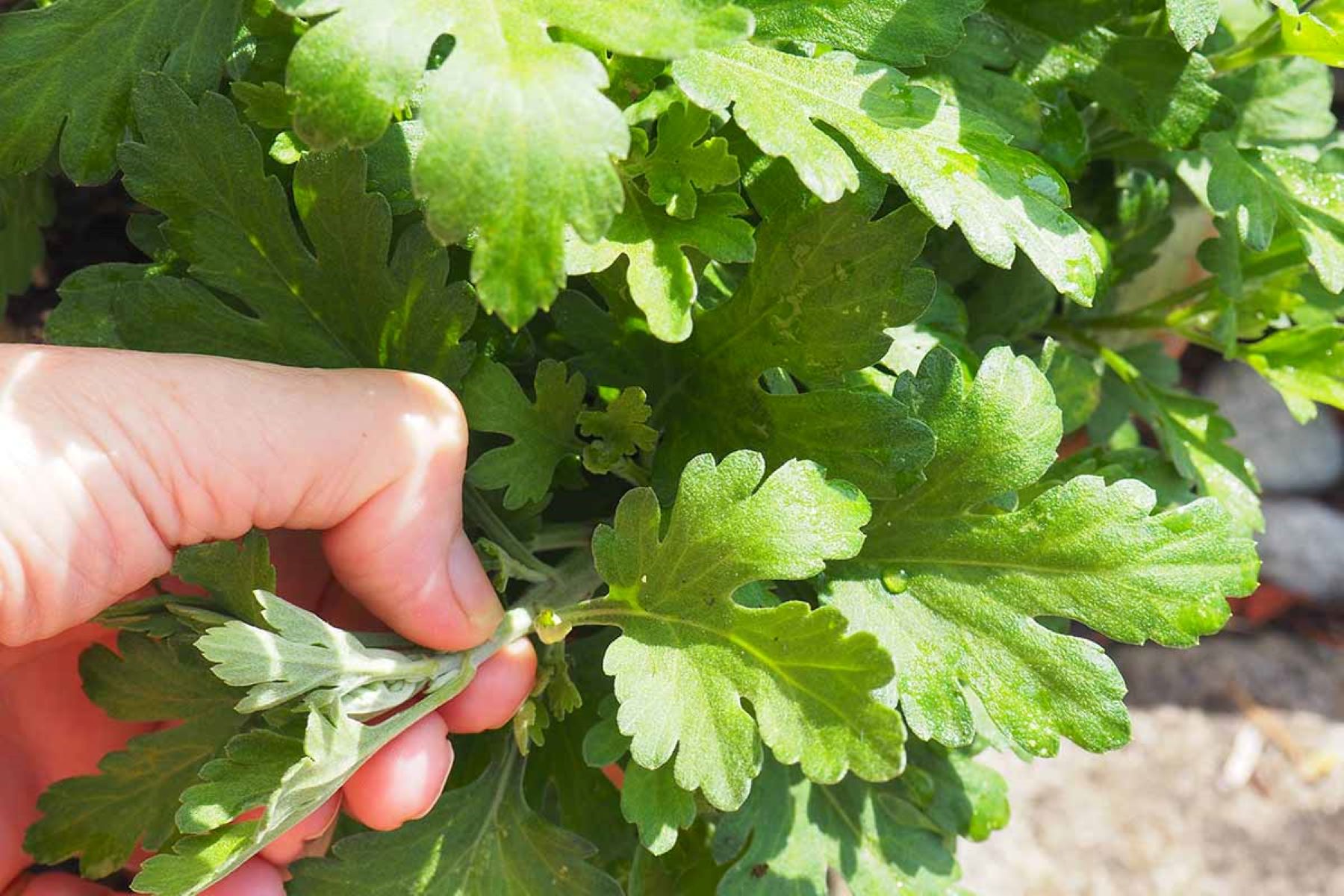
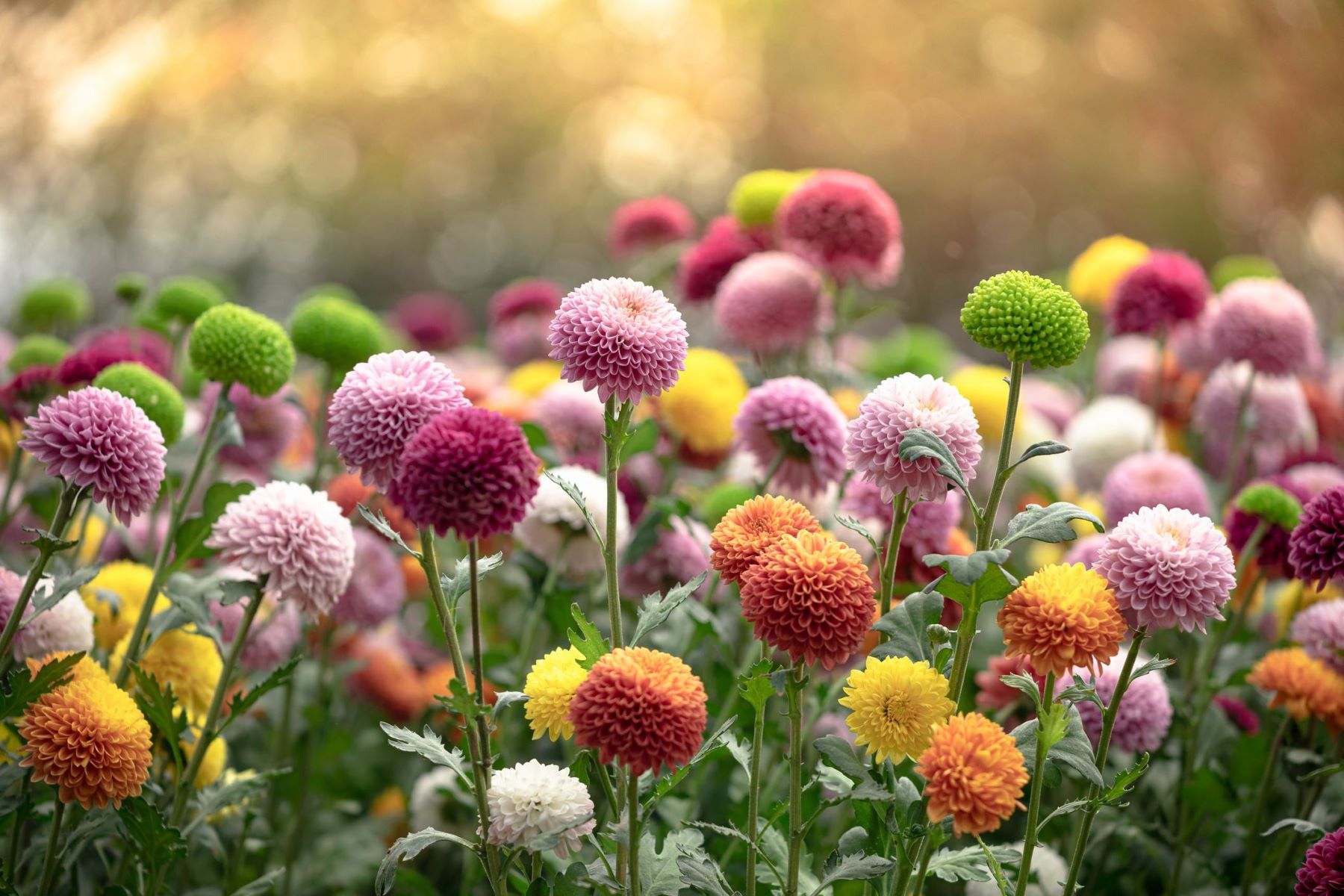

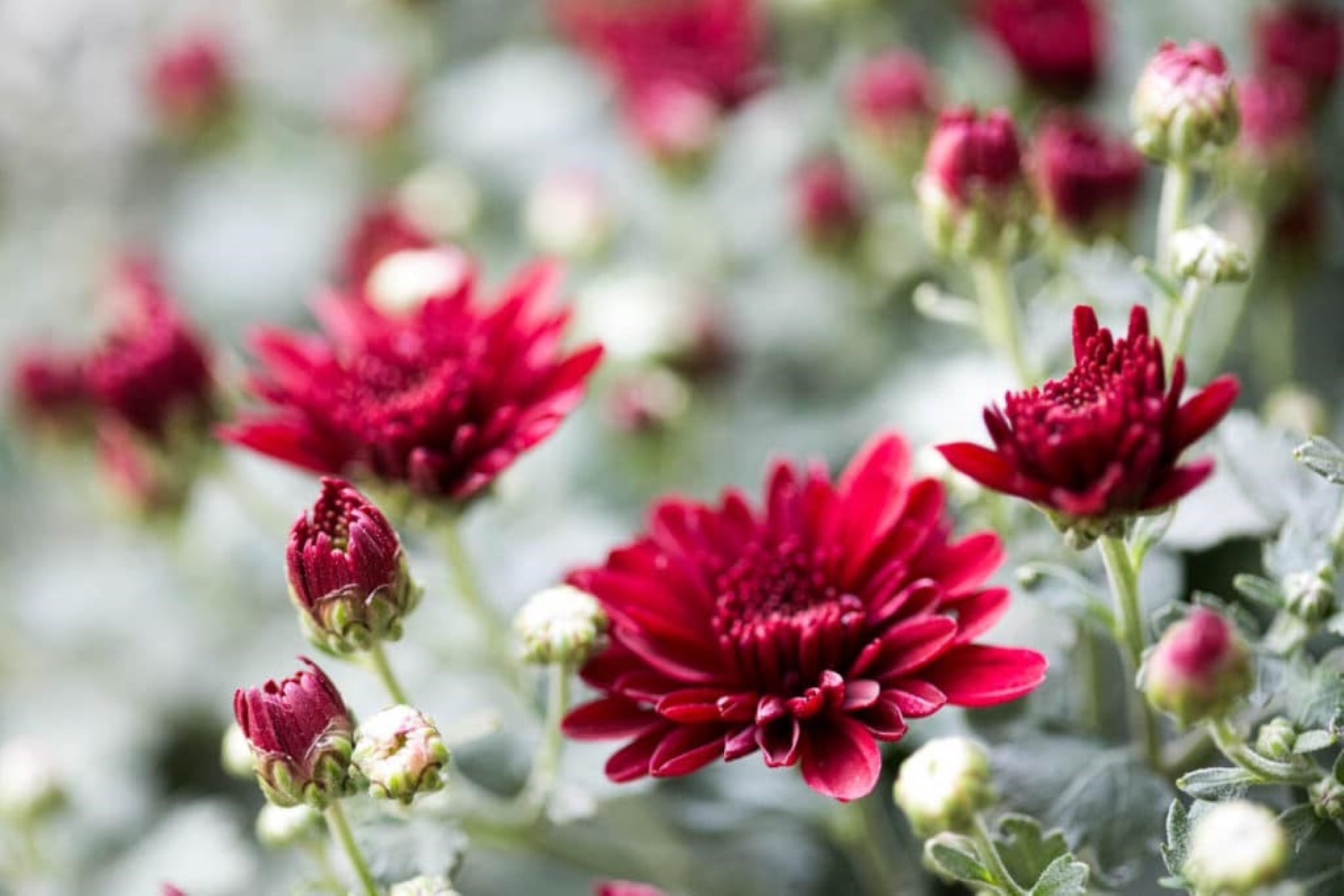
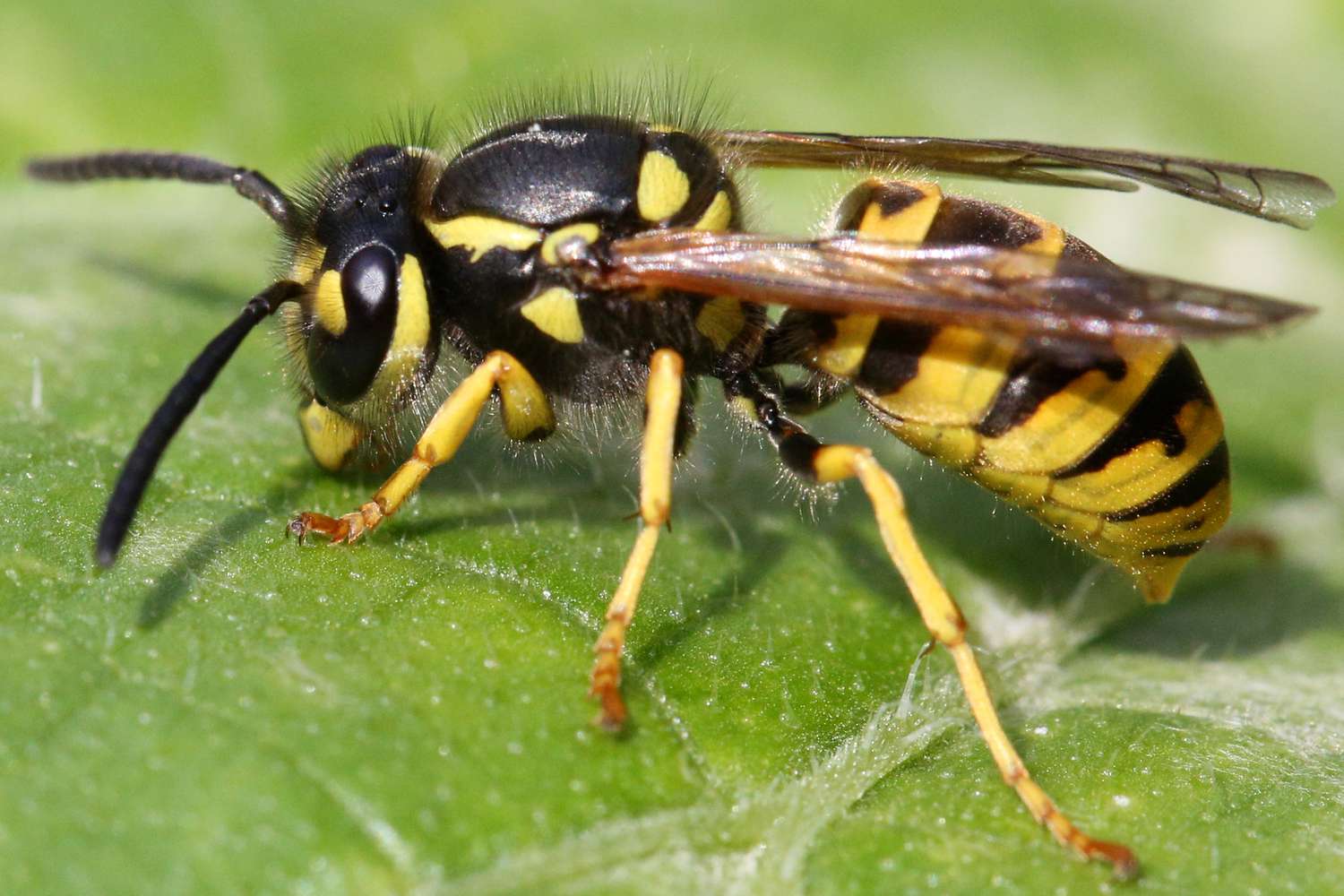
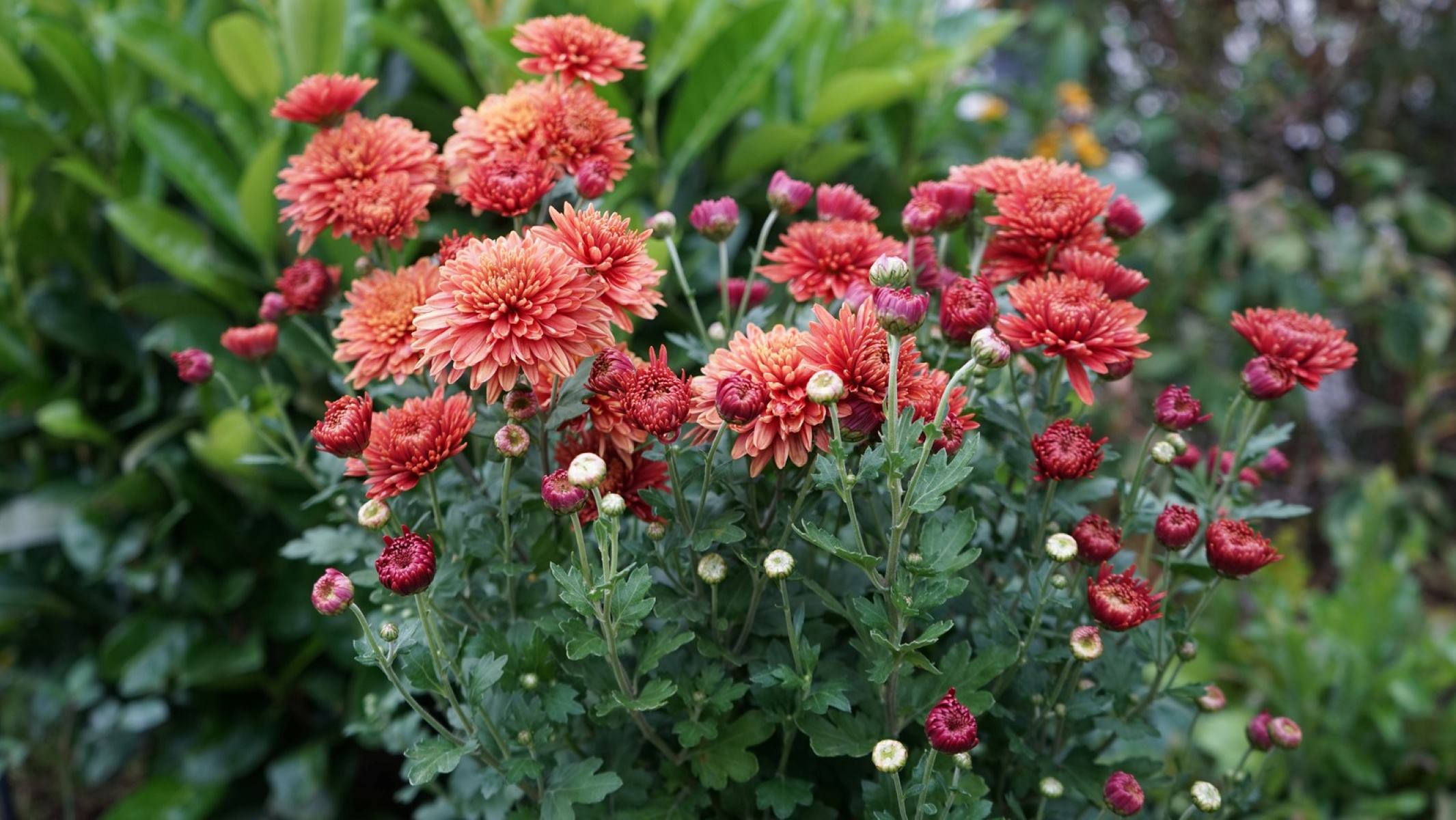
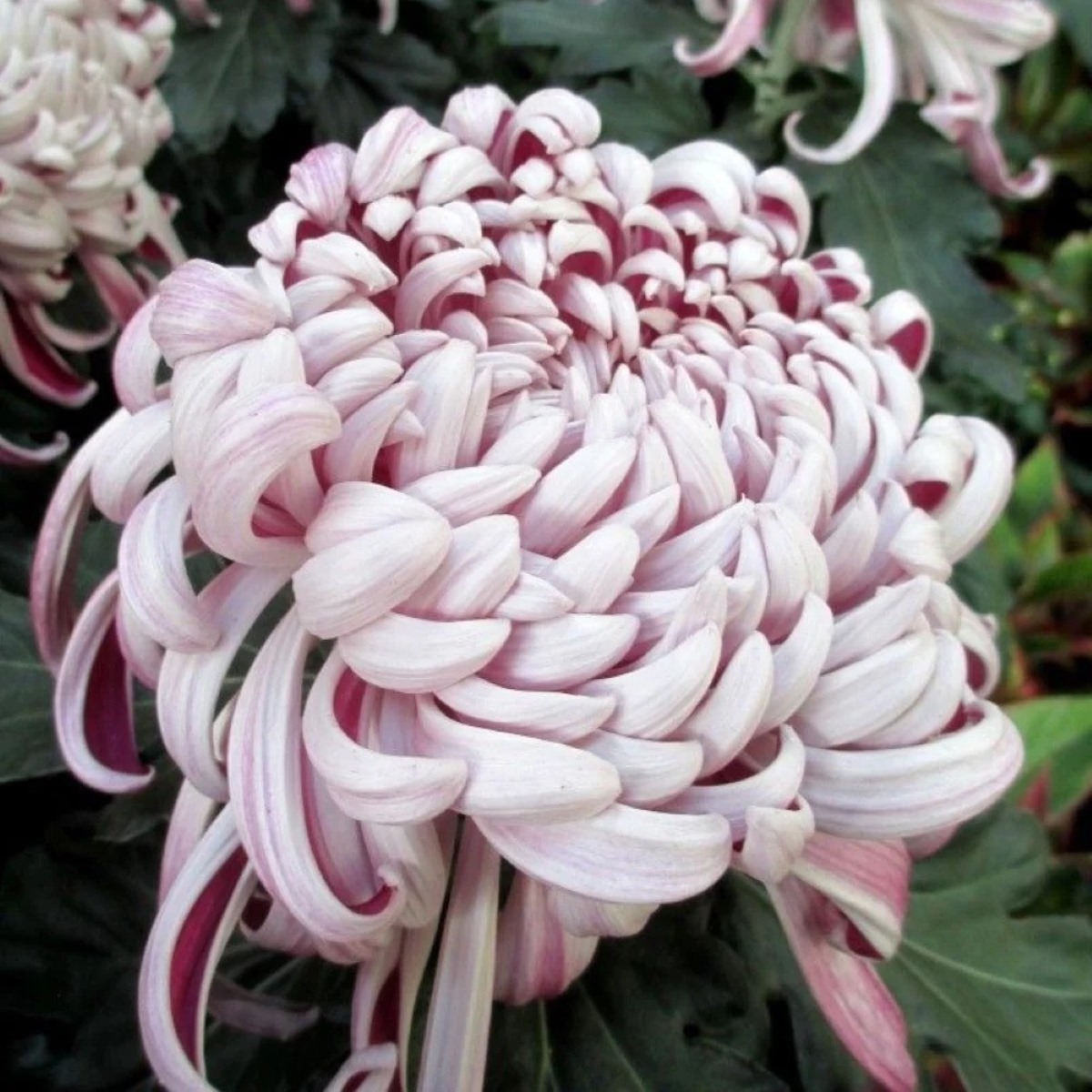
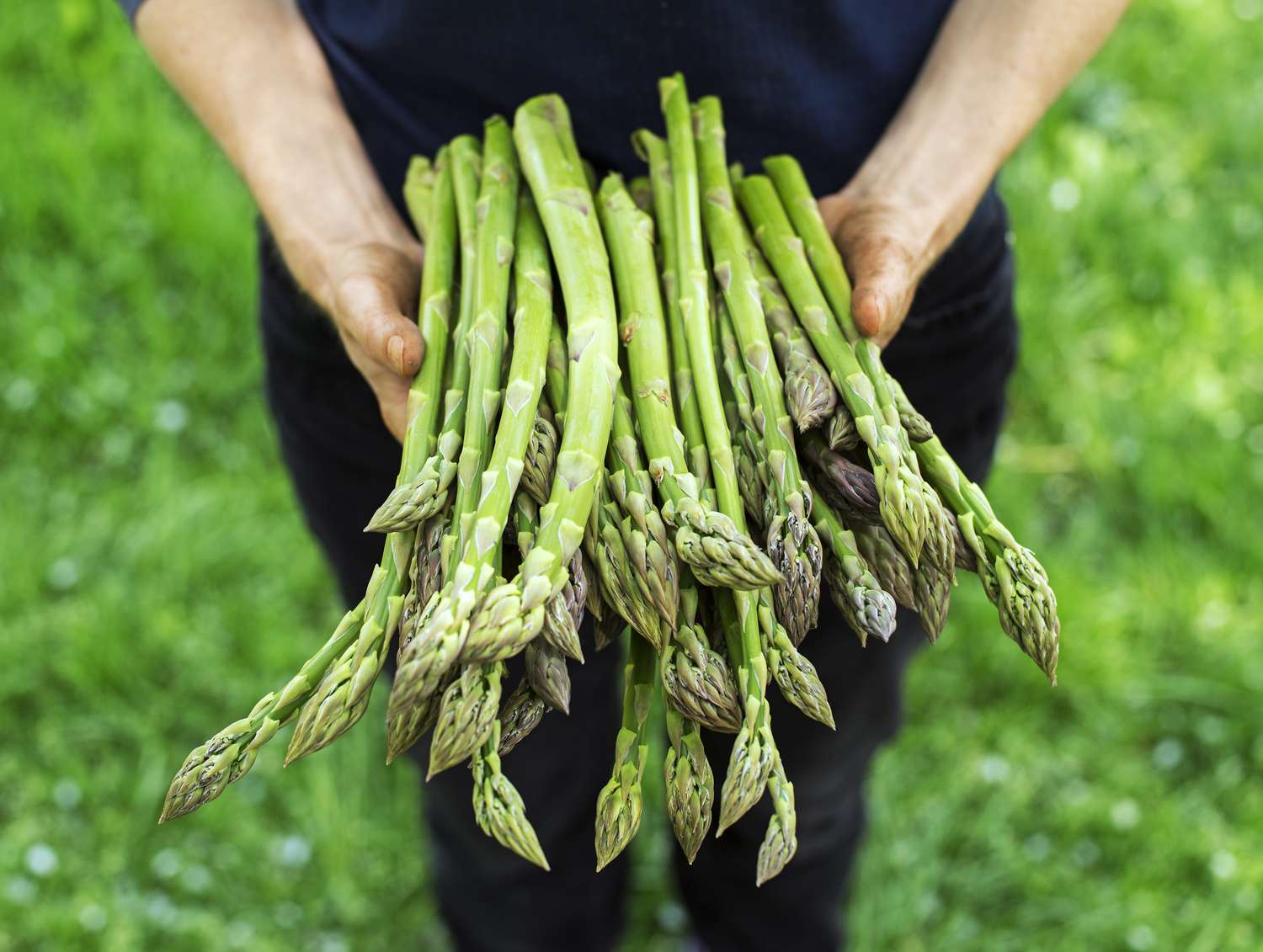
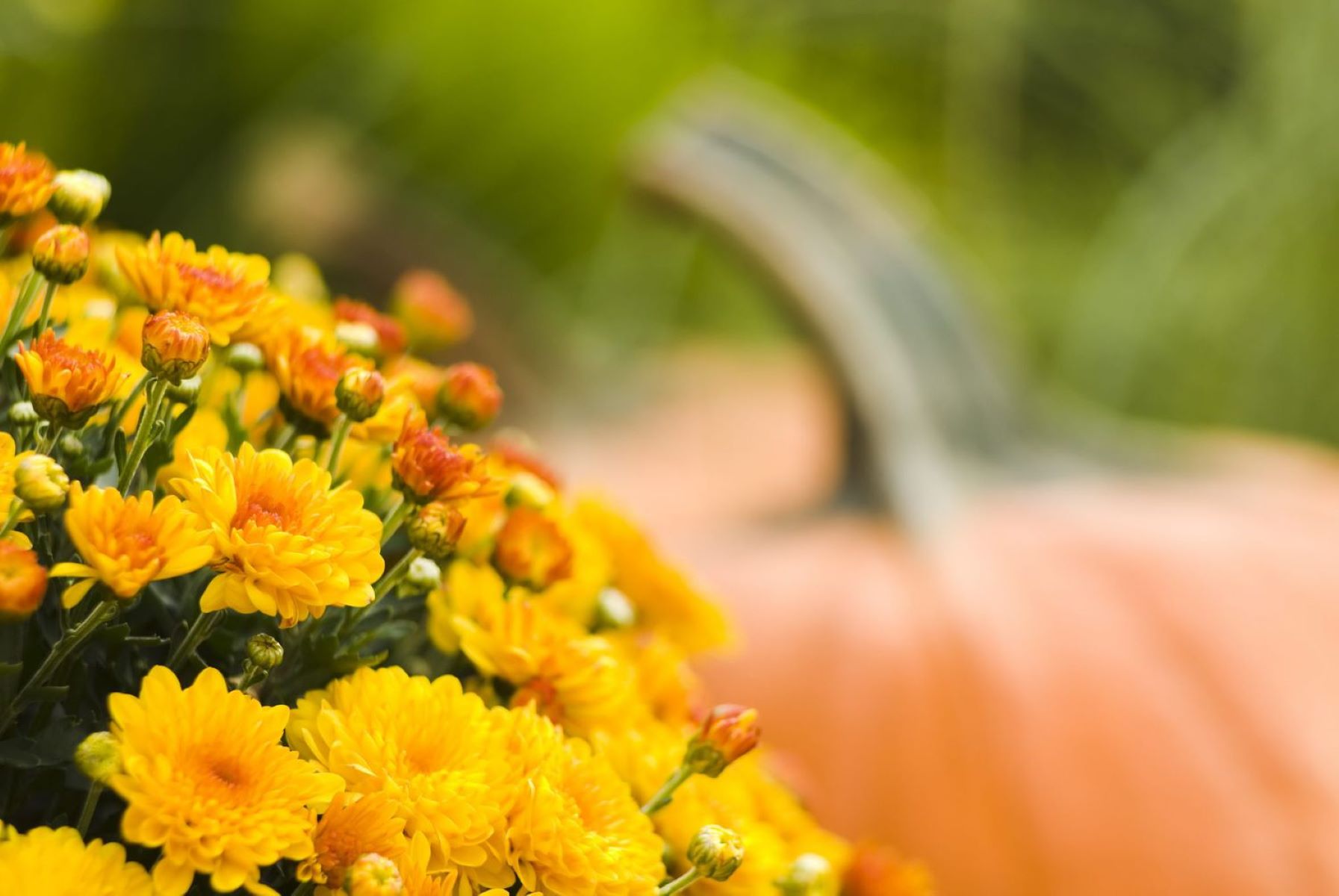
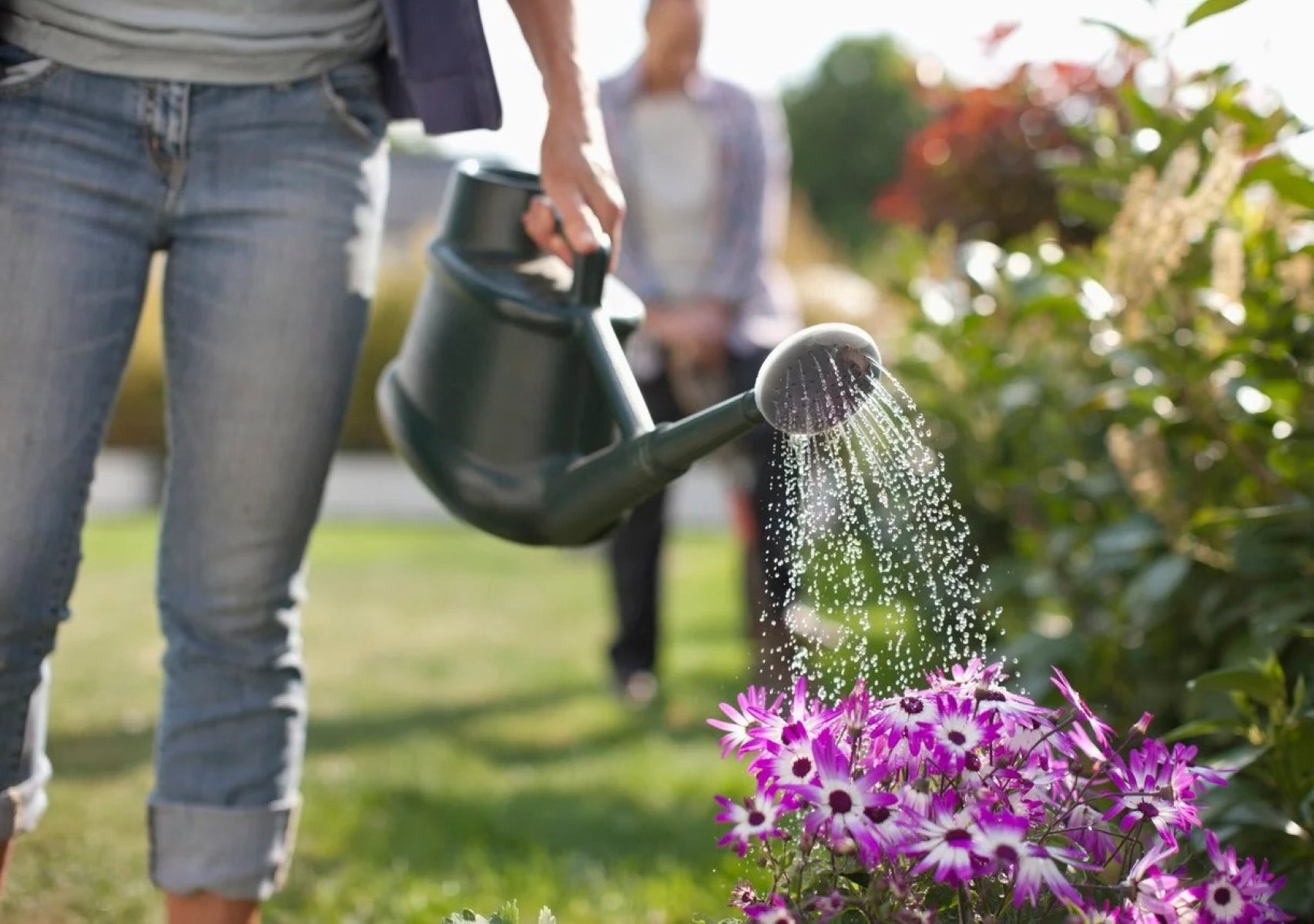
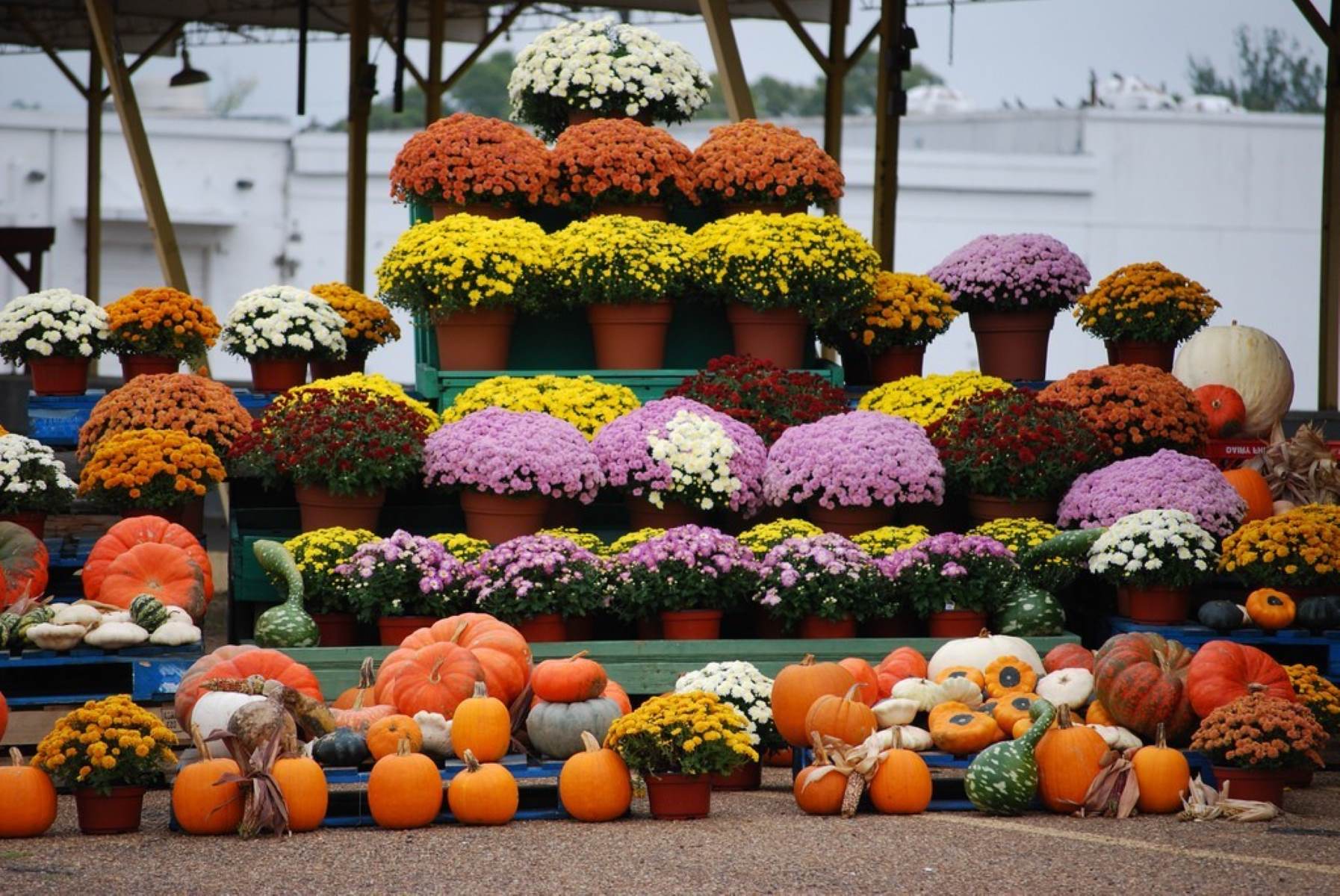
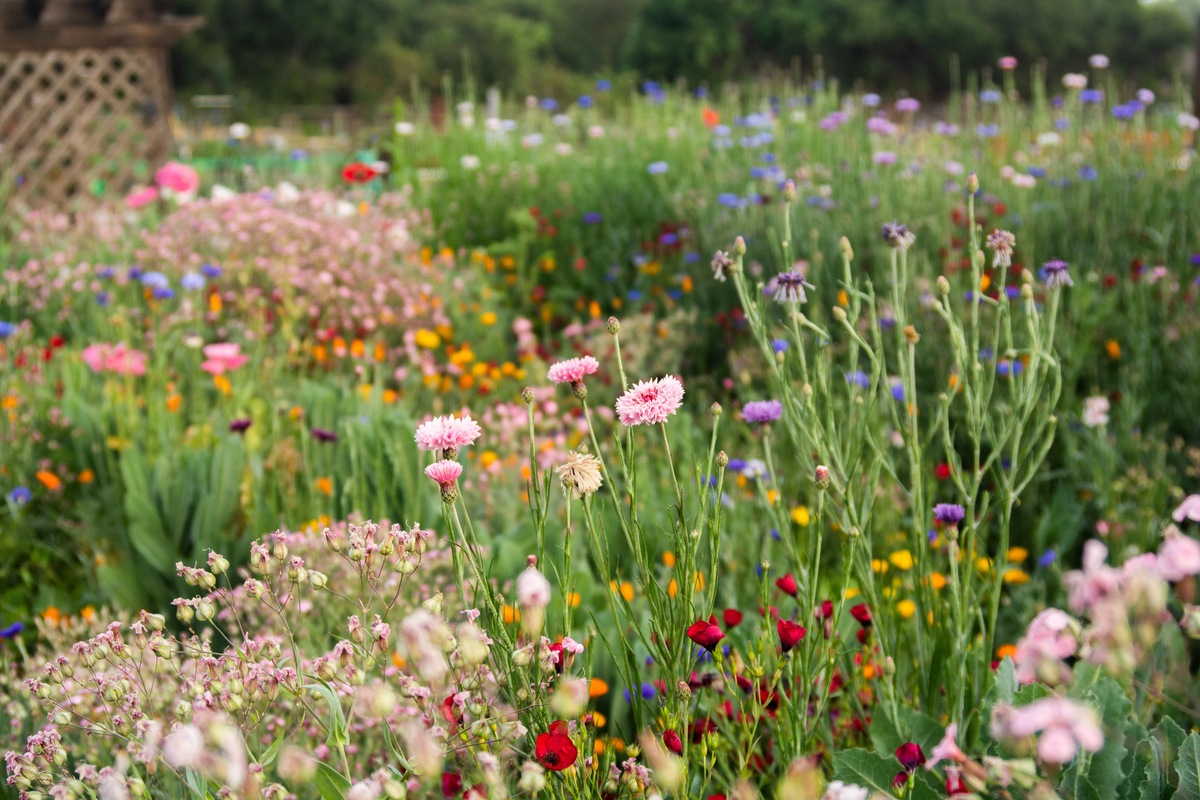
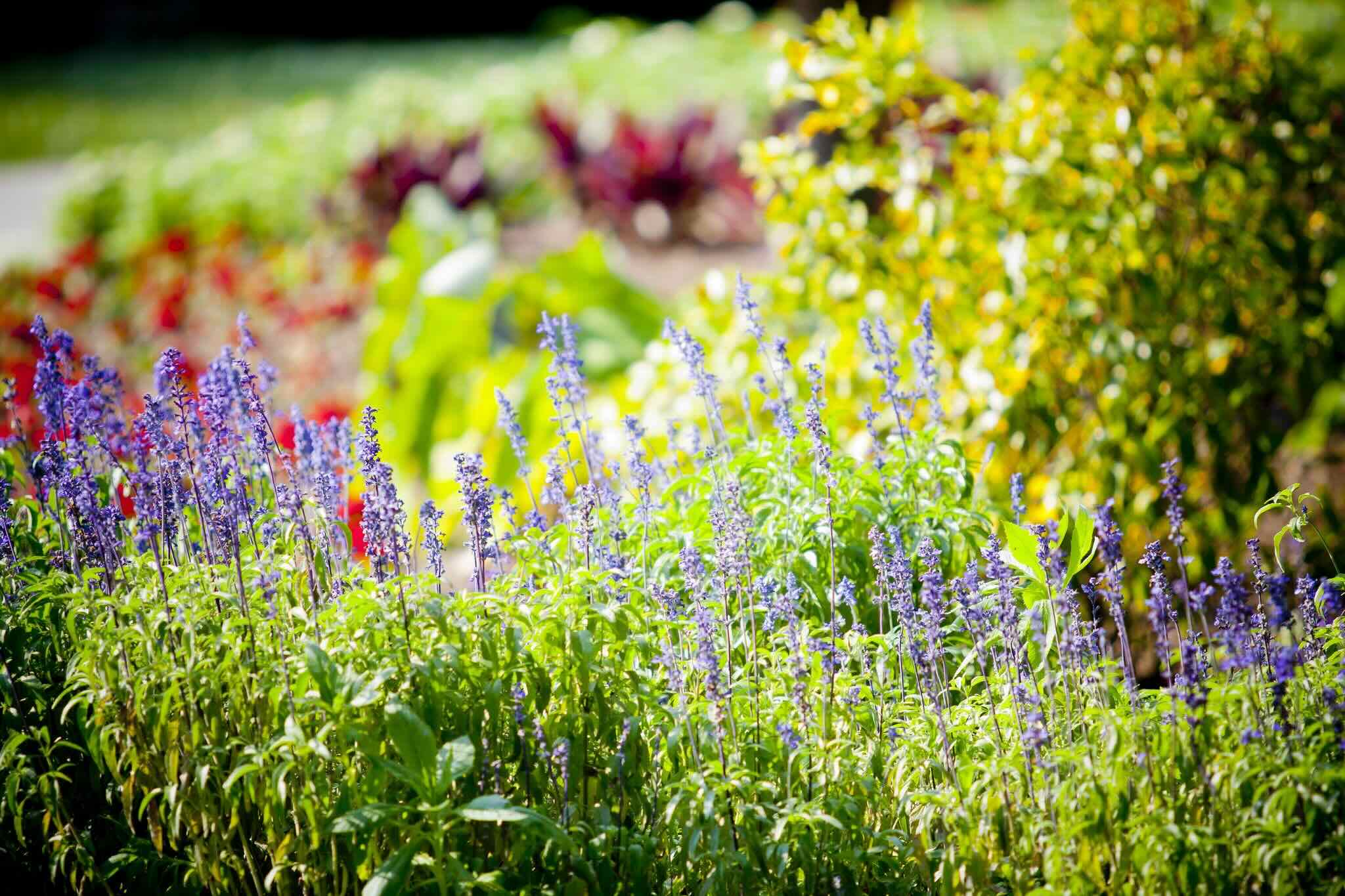

0 thoughts on “When Do Mums Come Back”